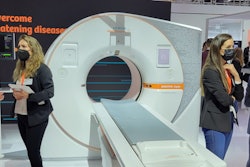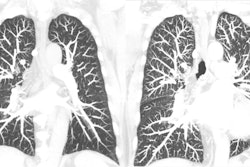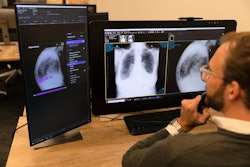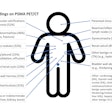Dear AuntMinnie Member,
Can radiologists play a role in improving health equity for patients? Yes, they can, and it's their responsibility to do so, according to a team led by Dr. Julia Goldberg from New York University Langone Health.
In a recent discussion article published in Radiographics, Goldberg and colleagues wrote about the longstanding effects and consequences of structural segregation before the Civil Rights Act of 1964. They also made the case that radiologists should serve as a central piece in striving for health equity. Our coverage of their article was the most highly read story this week on AuntMinnie.com.
In other stories this week in our Imaging Leaders Community, learn how community health advisors can improve low-dose CT lung cancer screening among vulnerable populations.
New PET radiotracer for rare brain disorder
Meanwhile, our second most popular story reported on how PET imaging with a new radiotracer -- F-18 Florzolotau -- shows promise for the diagnosis of early progressive supranuclear palsy, a rare brain disorder.
Get all of the details by visiting our Molecular Imaging Community.
CCTA for diagnosing CAD
Coronary CT angiography (CCTA) can improve outcomes in coronary artery disease (CAD) by reducing hospitalizations for heart attacks and lowering mortality rates, according to a new study featured in our CT Community. The researchers said these findings suggest that CCTA could be an effective alternative to other methods of assessing CAD, such as invasive coronary angiography.
Also, researchers from Children's Hospital of Philadelphia have developed a 3D modeling and printing process using postcontrast MRI that they believe can help with pediatric urologic surgical planning. Find out more in our Advanced Visualization Community.




















